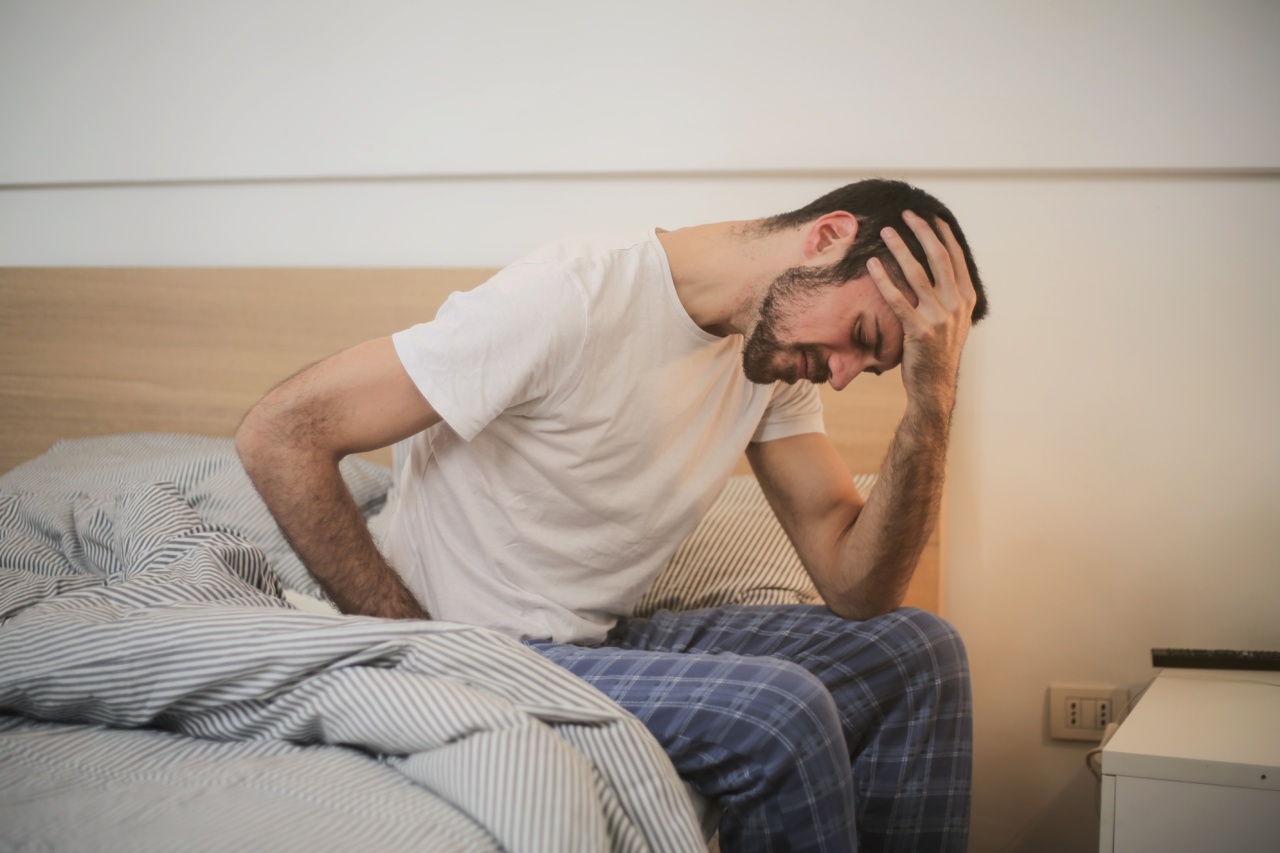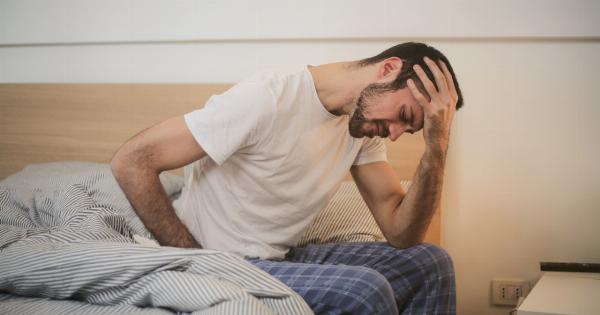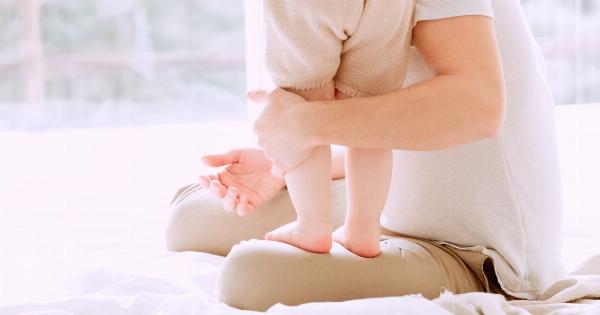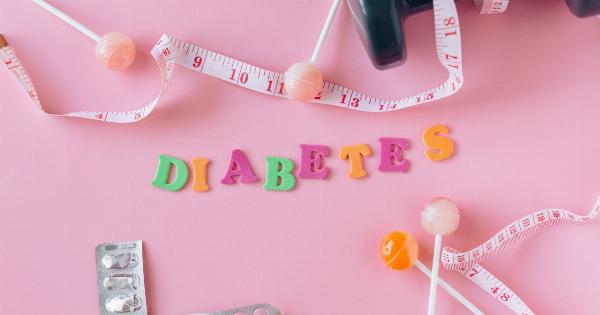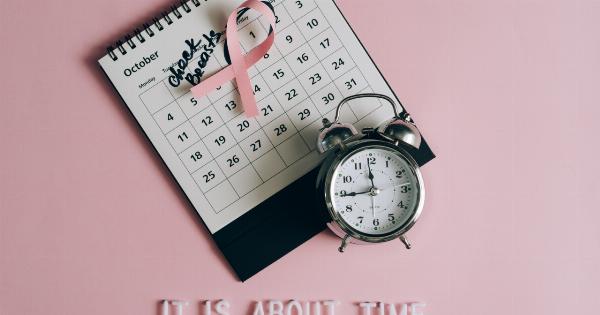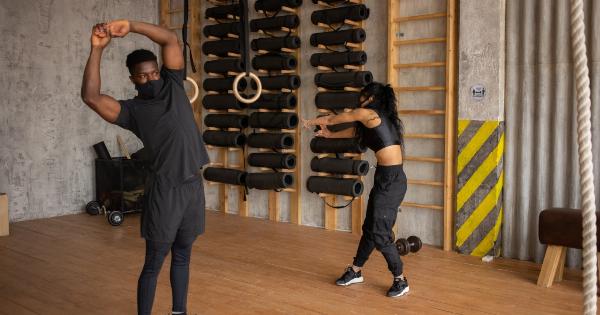Headaches are one of the most common health problems that people face all over the world. Headaches can be of different types and can be caused by several underlying factors.
Migraines are one specific type of headache that is known for its severe and pulsating pain. Migraine pain is mostly one-sided and can be accompanied by symptoms such as nausea, vomiting, and light sensitivity.
If you are prone to headaches, it is important to know the difference between a regular headache and a migraine. By understanding the underlying symptoms, you can select the most appropriate treatment plan.
In this article, we will discuss how you can distinguish if it is a migraine or just a headache.
Signs of a Migraine
The following are some of the signs of a migraine:.
1. Pulsating Pain
One of the most common characteristics of a migraine is the throbbing or pulsating pain. The pain can range from moderate to severe, and it is usually felt on one side of the head. This type of headache can last from a few hours to several days.
2. Nausea and Vomiting
Migraine sufferers often experience nausea and vomiting during an attack. This can be quite debilitating and can cause dehydration.
3. Light and Sound Sensitivity
Migraineurs are often sensitive to light and sound. Loud noises or bright lights can trigger an attack or make the pain worse.
4. Visual Disturbances
Some people may experience visual disturbances before or during a migraine attack. These may include seeing flashing lights, zigzag lines or blind spots. This is known as an aura.
Signs of a Headache
The following are some of the signs of a regular headache:.
1. Steady Pain
Unlike migraines, headaches are more likely to be a constant, dull pain rather than a pulsating ache.
2. No Other Symptoms
Regular headaches are less likely to be accompanied by symptoms such as nausea, vomiting, and sensitivity to light and sound.
3. Physical Activity Doesn’t Affect the Pain
Physical activity, such as walking, running or climbing stairs, may worsen a migraine. However, exercise does not typically have an effect on a tension headache.
When to See a Doctor
While most headaches can be treated with over-the-counter medications, it is important to see a doctor if your headaches are severe, frequent or if there are any sudden changes in your headache pattern.
A doctor may perform tests, such as a CT scan or MRI, to rule out any underlying conditions that may be causing your headaches. In some cases, prescription medications or other interventions may be necessary.
Treatment Options for Migraines
While there is no cure for migraines, several treatment options are available to relieve symptoms. The following are some of the treatments for migraines:.
1. Pain Relief Medications
Over-the-counter pain relief medications such as ibuprofen, aspirin, and acetaminophen can help relieve the symptoms of a migraine.
Prescription medications such as triptans and ergotamines are also available, but these should only be used under the guidance of a medical professional.
2. Rest and Relaxation
Lying down in a quiet, dark room and relaxing can help relieve migraine symptoms. Meditation or yoga can also be helpful in reducing stress and tension.
3. Avoiding Triggers
Migraines can be triggered by certain foods, stress, and hormonal changes. Identifying and avoiding triggers can help prevent future migraines.
Conclusion
Headaches can be debilitating and can negatively impact day-to-day activities. By knowing the difference between a migraine and a regular headache, you can select the most appropriate treatment plan.
Self-care measures such as exercise, stress relief, and relaxation, and avoiding triggers can also be helpful in preventing headaches. However, it is important to remember that if your headaches are severe, frequent, or accompanied by other symptoms, you should see a doctor immediately.
